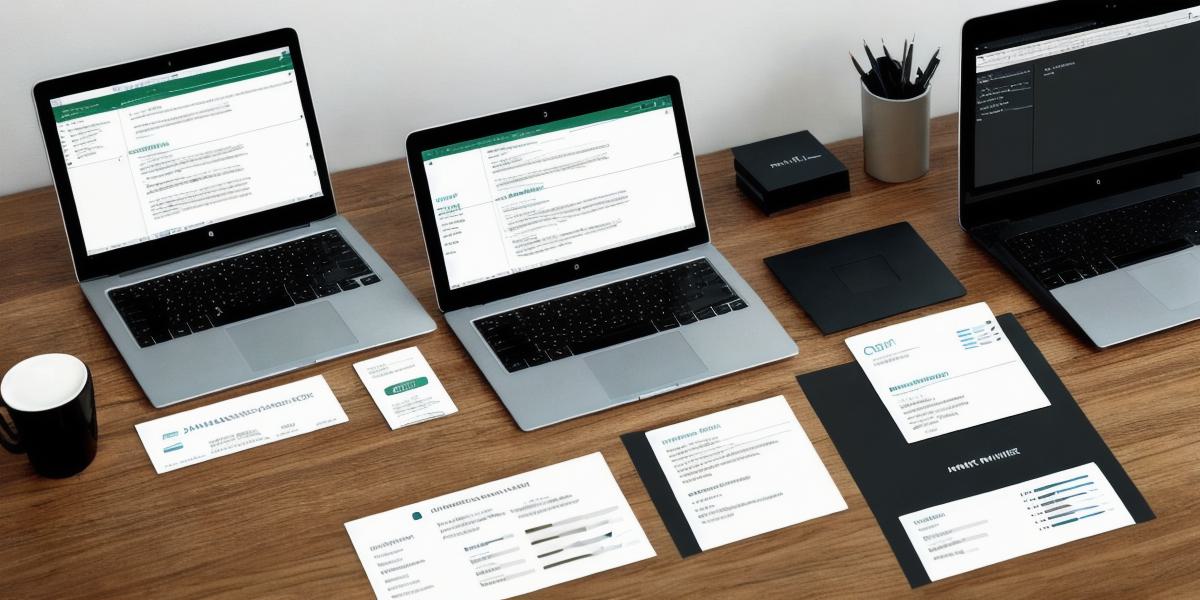Introduction:
Marketing your business on a budget can seem daunting, but it’s not impossible! With the right strategies and tactics, you can still reach your target audience and grow your business. In this article, we will share 50 marketing strategies that are effective and low-cost. From social media to email marketing, content marketing to search engine optimization (SEO), these strategies will help you boost your business without breaking the bank.
1. Create a Marketing Plan:
Before you start any marketing campaign, it’s important to have a plan in place. A marketing plan will help you define your goals, target audience, and budget. It will also help you stay on track and measure the success of your campaigns.
2. Utilize Social Media:
Social media is a powerful tool for small businesses. With platforms like Facebook, Twitter, Instagram, LinkedIn, and more, you can reach a wide audience with minimal investment. Use social media to post engaging content, interact with your followers, and run targeted ads.
3. Start a Blog:
Blogging is an effective way to establish authority in your industry and attract traffic to your website. Write about topics related to your business and your target audience. Share your blog posts on social media and other platforms to drive traffic to your website.
4. Create a Content Marketing Strategy:
Content marketing involves creating valuable, relevant content that engages and educates your target audience. Use a mix of blog posts, videos, infographics, and other types of content to reach your audience through various channels.
5. Offer Value-Added Content:
Value-added content is free content that provides value to your audience beyond what they would expect from your business. Examples include e-books, whitepapers, webinars, and case studies. This type of content can help you build trust with your audience and establish yourself as an expert in your industry.
6. Use Email Marketing:
Email marketing is a low-cost and effective way to reach your target audience. Build an email list by offering free resources or incentives, and use it to send newsletters, promotions, and updates about your business.
7. Leverage Influencer Marketing:
Influencer marketing involves partnering with influencers in your industry to promote your products or services. This can be an effective way to reach a new audience and build credibility for your brand.
8. Run Guerrilla Marketing Campaigns:
Guerrilla marketing is all about creating buzz and generating attention. Examples of guerrilla marketing include flash mobs, street art, and viral videos. This type of marketing can be risky but can also be highly effective if done well.
9. Use Event Marketing:
Event marketing involves hosting or participating in events related to your business or industry. Examples include trade shows, conferences, and webinars. Events can help you connect with potential customers and establish yourself as a thought leader in your field.
10. Partner with Other Businesses:
Partnering with other businesses can help you reach new audiences and expand your reach. Look for businesses that complement your products or services and that have an audience similar to yours.
11. Use Local SEO:
Local SEO involves optimizing your website and online presence for local search terms. This can be especially effective for small businesses that serve a specific geographic area.
12. Offer Free Trials or Samples:
Free trials or samples can help potential customers try out your products or services before they commit to buying. This can help build trust and increase conversions.
13. Use Referral Marketing:
Referral marketing involves encouraging current customers to refer new business to you in exchange for incentives. This can be an effective way to generate new leads and build relationships with your existing customers.
14. Attend Trade Shows:
Trade shows are events that bring together businesses in a specific industry. Attending trade shows can help you connect with potential customers, establish yourself as an authority in your field, and learn about the latest trends in your industry.
15. Host Webinars:
Webinars are online events that allow you to share information and engage with your audience in real-time. Webinars can be an effective way to educate your audience, build relationships, and generate leads.
16. Use Paid Advertising:
Paid advertising involves paying for ads on social media, search engines, or other platforms. While paid advertising can be expensive, it can also be highly effective if done well.
17. Create a YouTube Channel:
YouTube is a popular platform for video content. Creating a YouTube channel can help you reach a wider audience and establish yourself as an authority in your industry through video content.
18. Use Influencer Outreach:
Influencer outreach involves reaching out to influencers in your industry and asking them to promote your products or services. This can be an effective way to reach a new audience and build credibility for your brand.
19. Create Social Media Challenges:
Social media challenges are fun and engaging ways to get people talking about your brand. Examples include photo contests, video challenges, and scavenger hunts.
20. Use Influencer Marketing Tactics:
Influencer marketing tactics include sponsored posts, influencer takeovers, and influencer collaborations. These tactics can help you reach a new audience and build credibility for your brand.
21. Host Giveaways or Contests:
Giveaways or contests can be an effective way to generate excitement and attract new customers. Offer giveaways or contests in conjunction with influencer marketing campaigns or social media challenges.
22. Use User-Generated Content:
User-generated content is content created by your customers. Encourage your customers to create and share content related to your business on social media, review sites, and other platforms.
23. Use Guest Blogging:
Guest blogging involves writing articles for other websites in exchange for exposure to their audience. This can be an effective way to build relationships with other businesses and establish yourself as an authority in your industry.
24. Use Influencer Outreach Tactics:
Influencer outreach tactics include influencer emails, direct messages, and influencer events. These tactics can help you connect with influencers and build relationships with them.
25. Use Social Media Ads:

Social media ads are paid advertisements that appear on social media platforms like Facebook, Twitter, and Instagram. Social media ads can be highly effective if done well and can help you reach a new audience.
A PLACE FOR A PICTURE #2
26. Use Google AdWords:
Google AdWords is a pay-per-click advertising platform that allows businesses to place their ads on Google’s search engine results page (SERP). Google AdWords can be highly effective if done well and can help you reach a new audience.
27. Use Local Listings:
Local listings involve listing your business on local directories and review sites. This can help you attract more customers in your local area.
28. Use Influencer Outreach Tactics:
Influencer outreach tactics include influencer emails, direct messages, and influencer events. These tactics can help you connect with influencers and build relationships with them.
29. Use Social Media Challenges:
Social media challenges are fun and engaging ways to get people talking about your brand. Examples include photo contests, video challenges, and scavenger hunts.
30. Use Influencer Marketing Tactics:
Influencer marketing tactics include sponsored posts, influencer takeovers, and influencer collaborations. These tactics can help you reach a new audience and build credibility for your brand.
Case Study:
A small business that sells handmade jewelry decided to launch a social media challenge called "Jewelry Challenge." The challenge involved customers taking pictures of themselves wearing their jewelry and sharing the photos on social media with the hashtag JewelryChallenge. The business offered a prize for the best photo, which included a free piece of jewelry.
The business used influencer outreach to promote the challenge and encouraged customers to share their photos on Instagram and Facebook. The business also created its own Instagram account and posted daily reminders about the challenge.
The challenge generated a lot of excitement and attracted new customers. Many customers shared their photos, and some even created their own hashtags related to the challenge. The business received a lot of positive feedback from customers and was able to increase sales through the contest.




